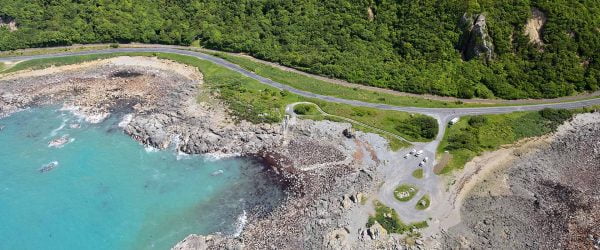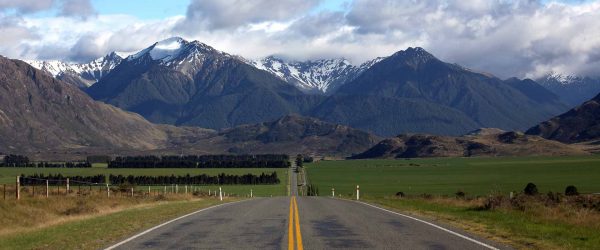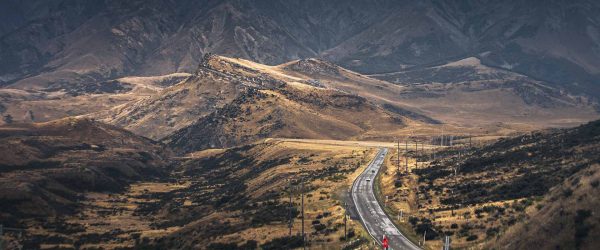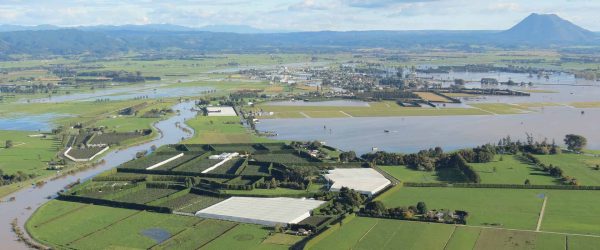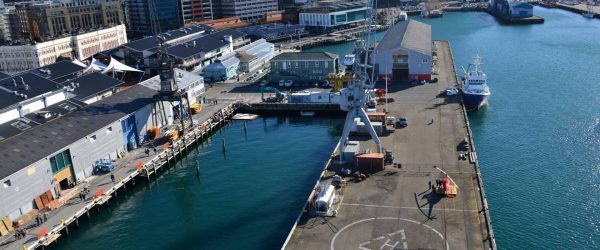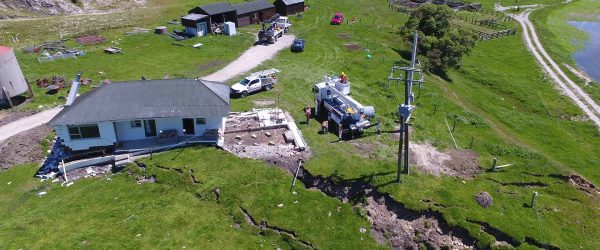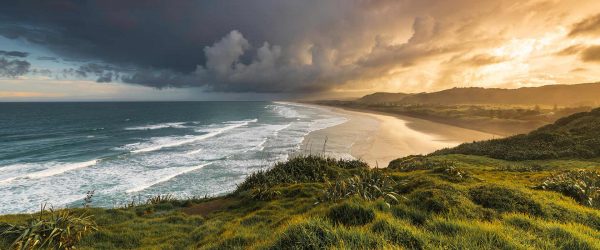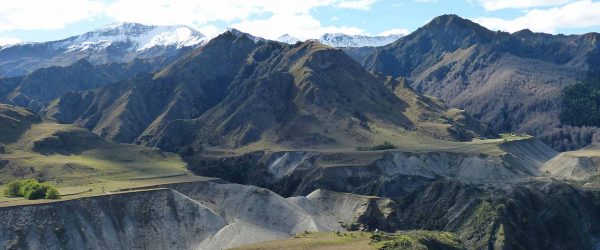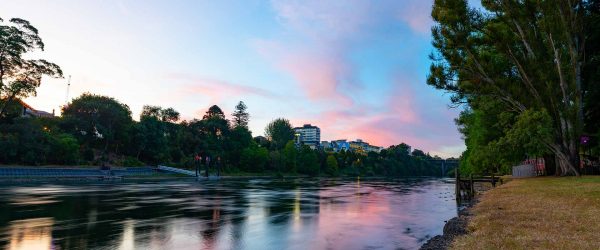Project Summary
This project undertook to develop a nationally consistent framework for risk and impact information for New Zealand’s natural hazards, using scenario-based approaches. Utilising the basic formula: hazard x exposure x vulnerability = impact, the main outputs from this project have been the co-production of Alpine fault and extreme weather impact scenarios. These were developed through a structured approach with scientists and practitioners, particularly emergency and critical infrastructure managers.
The AF8+ Scenario
Previously, the AF8 Project developed a credible science scenario for a 7-day response period after a future magnitude 8 Alpine Fault earthquake. With this project, researchers in the Resilience to Nature’s Challenges Hazard Toolbox worked to extend Project AF8’s 7-day hazard impact scenario out to 10 years post-quake, to assess the longer-term impacts that may constrain response to and recovery from the event. Known as the AF8+ Scenario, this project developed an understanding of the several different impacts, both short and long-term, that will affect assets and infrastructure after the quake, and their recovery over the decade that follows.
The AF8+ scenario differs from AF8 itself in having a more realistic aftershock and landslide sequence in place of the aftershocks and major landslides AF8 modelled as occurring within 7 days in each Civil Defence Emergency Management (CDEM) Group area. The AF8+ scenario also has a realistic post-quake weather sequence, identical to the 2006 – 2016 weather sequence, whereas the AF8 scenario had a 50-year storm 3 days after the mainshock.
Using Scenarios To Inform Response Planning
The use of scenarios to inform planning for future events is becoming common worldwide, as a complement to disaster risk reduction. A scenario has no probabilistic component, meaning it can be understood by non-technical personnel and all stakeholders can be equally informed in contributing to planning for impact reduction. However, it is important to note that a scenario does not represent what will happen in the future; it is a good example of the sort of thing that can happen.
Hazards impact societal functioning by causing things like isolation, loss of lifeline services, deaths and injuries, and these effects are not critically dependent on the exact type or intensity of hazard event. As such, communities need to develop resilience to these hazard impacts, not to the hazards themselves. Thus scenarios are simply one of many starting points for developing knowledge about societal impacts, and their recurring themes rather than specific details should be the focus.
